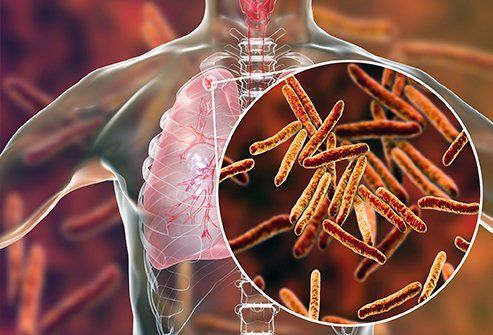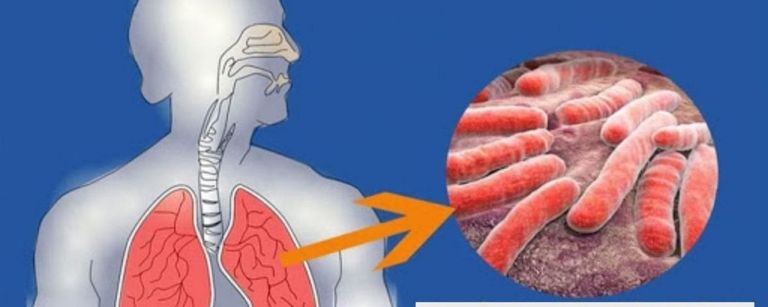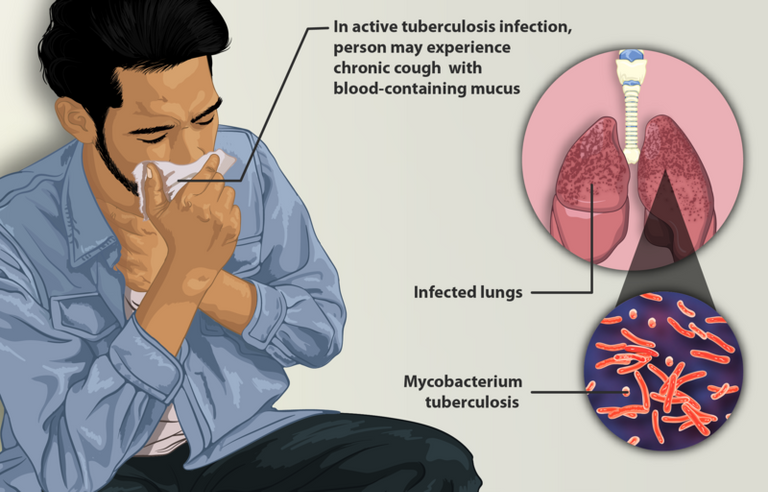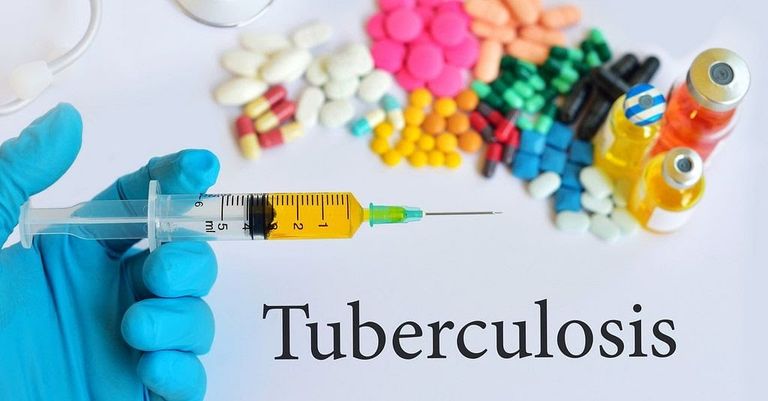Greetings to everyone, its my pleasure to bring to you another episode of health series. Over the weeks, I've written great articles on some important health conditions like insomnia, glaucoma, syphilis, conjunctivities and many more. You can take a look at my blog. So today, I'll be discussing about a very common infection in our locality, one that primarily affects the respiratory system, its known as tuberculosis (TB). What is tuberculosis
Image source

Image source
Tuberculosis is an infectious disease that affects the lungs, causing chronic and persistent cough. Its caused by the bacteria mycobacterium tuberculosis. Its a very contagious disease that can be passed from one person to another through droplets from cough and sneeze.
Tuberculosis is the 13th leading cause of mortality globally according to World health organization (WHO). TB is also the leading infectious killer behind COVID19. In 2020, about 10M people were infected with the disease, out of which 1.5M died including 214,000 people who were also positive for HIV.
The disease is very difficult to treat due to the advent of newer strains and modification of the bacterial envelope. Antibiotics resistance is also a major hindrance in this course.
They're 2 categories of TB, they include; latent TB and Active TB.
Latent tuberculosis: this is the type of TB that does not show symptoms. It can remain dormant for years without the individual knowing about the disease. Surprisingly, latent TB cannot be transmitted from person to person.
Active tuberculosis: this type of TB manifests when the immune system is weakened and causes symptoms like anorexia and night sweat. It can be transmitted from one person to another due to its ability replicating in the host.
Symptoms

Image source
The active TB usually show symptoms which manifests differently depending on the individual.
These symptoms include;
- Chest pain
- Persistent cough for more than 3 weeks
- Loss of appetite
- Loss of weight
- bloody phlegm
- Swelling in the neck
- Feeling of fatigue
- Joint pains
- Fever
- Seizures
- Night sweat.
Diagnosis
Diagnosis is usually done by a medical expert (Doctor or pharmacist) by physical examination of the patient's symptoms. However, this does not apply for latent TB since its usually asymptomatic.
For a comprehensive examination to detect both latent and active TB, a blood test is carried out. Chest xray is also an alternative test to ascertain the state of the lungs and the damage.
Treatment

Image source
Treatment for TB is cumbersome as it can last up to 9 months before completion, depending on the severity of the infection. The advent of newer strains has posed a great challenge and make it difficult to be treated.
Combination of antibiotics which include but not limited to rifampicin and streptomycin are usually taken for upto 9 months. Drugs like prednisolone may also be added to the treatment regimen.
Tuberculosis is a very serious lung disease that can result in death if poorly managed or diagnosed late. Anytime a persistent cough lasts for more than 3 weeks, go have yourself examine for TB.
Early diagnosis is the key to the effective management of TB, visit the nearest medical center if you observe any symptoms of TB.
Thanks for reading